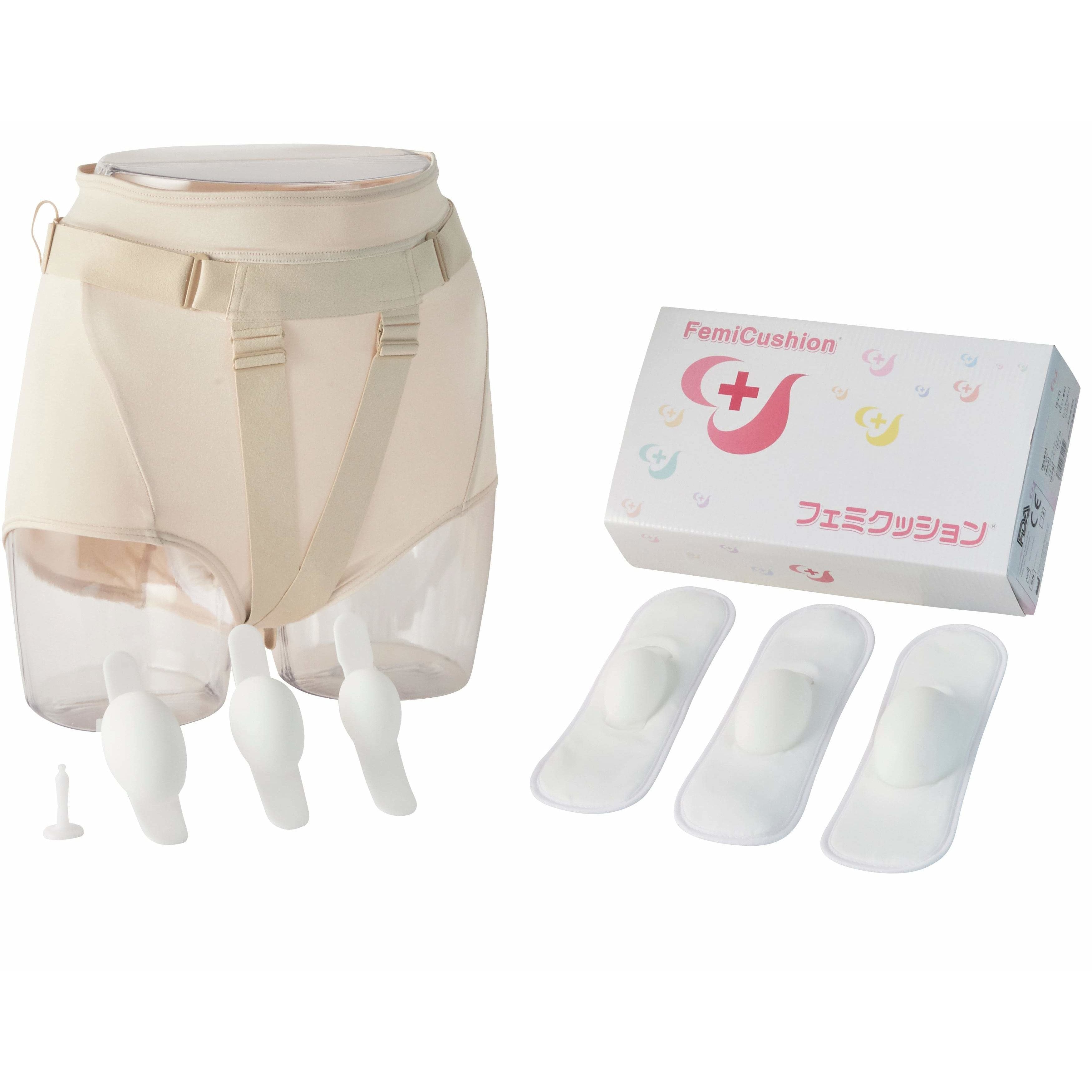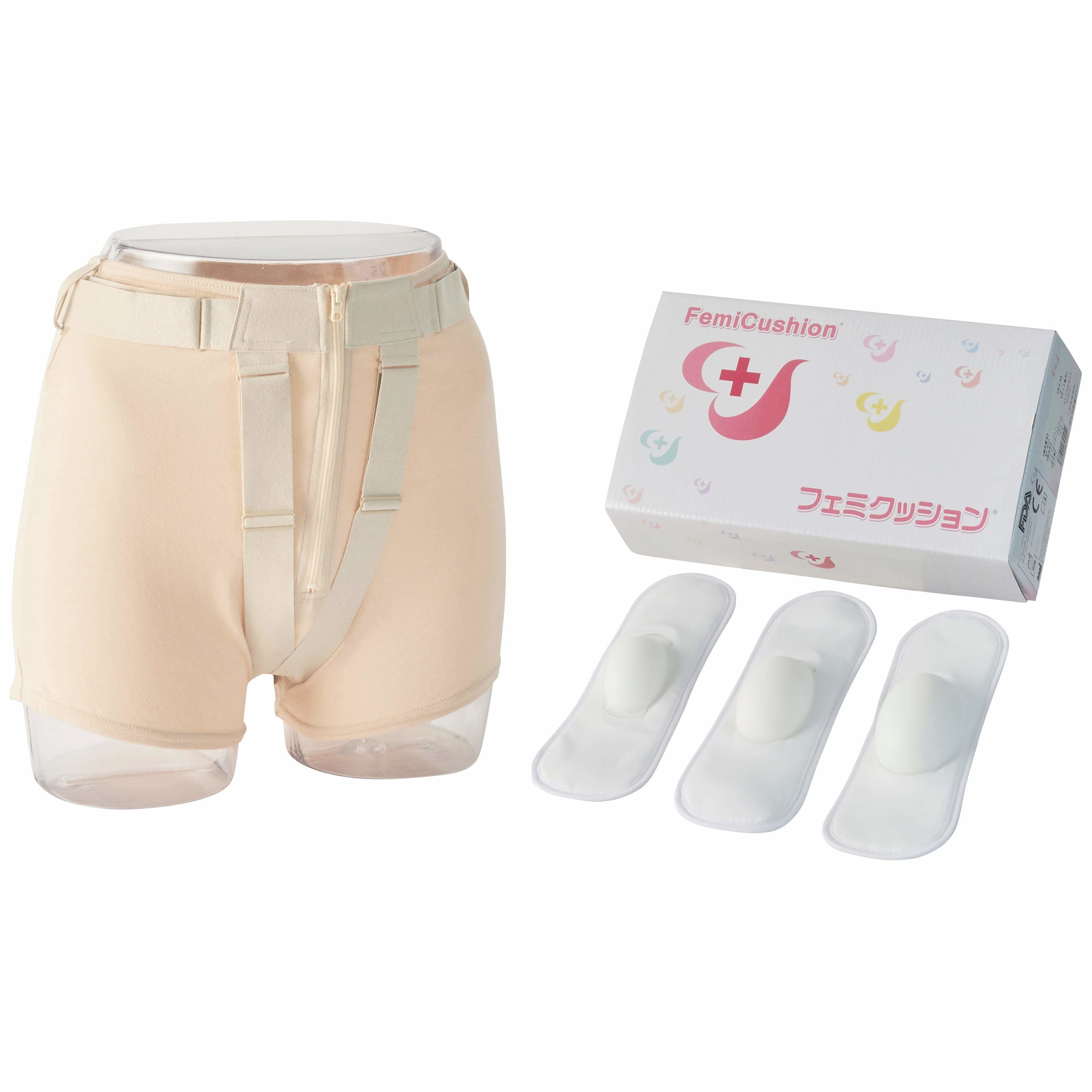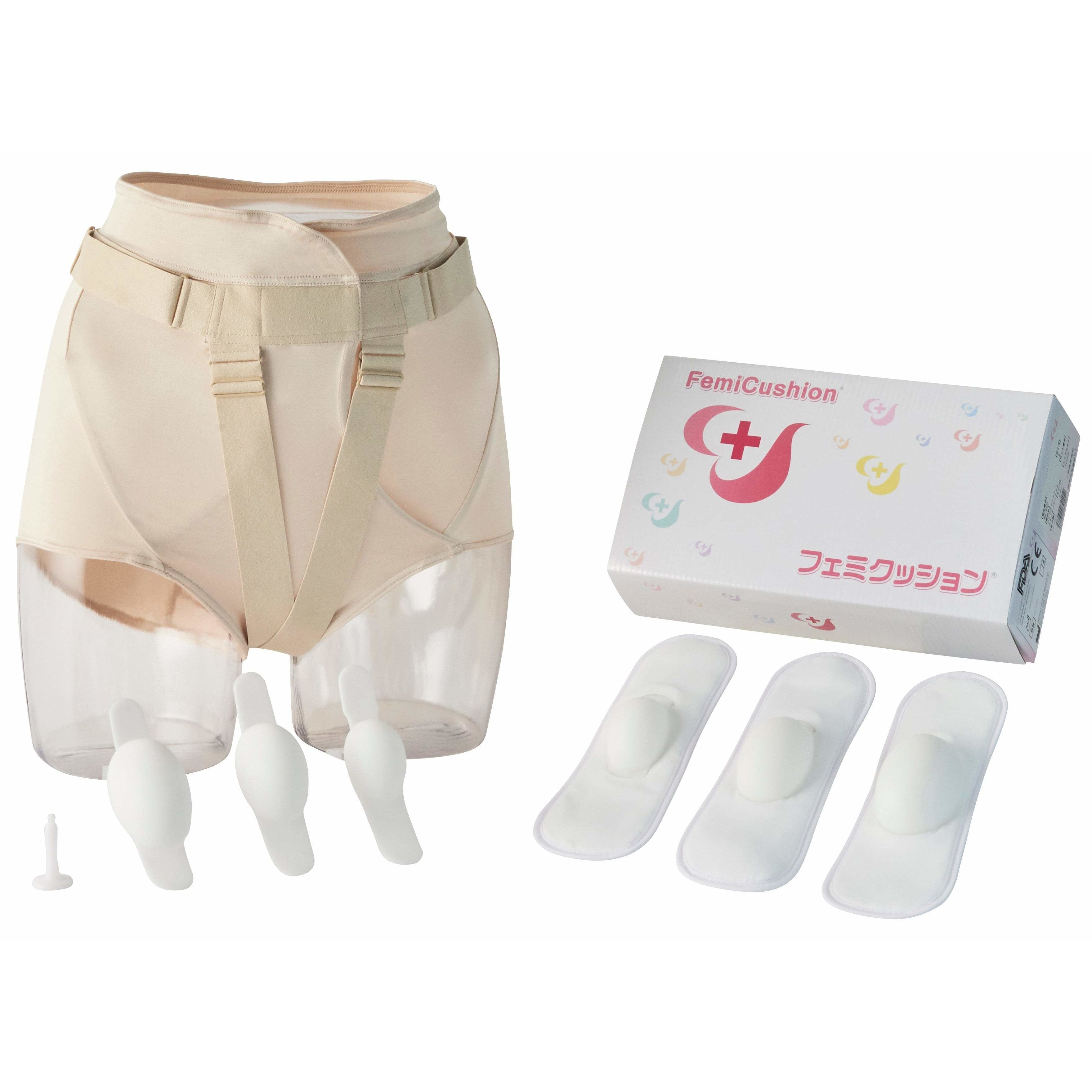Postpartum Uterine Prolapse
Summary
Table of Contents

If you talk to women who have gone through childbirth, you’ve probably heard something about postpartum uterine prolapse. Thinking about it can trigger a lot of questions: What is uterine prolapse? What causes uterine prolapse? What does uterine prolapse look like? This guide will help to explain the condition and what you can do about it.
What Is Uterine Prolapse?
Uterine prolapse is a condition wherein the uterus falls out of its natural position. Factors like age or pregnancy can weaken the muscles that keep the pelvic organs in place. Without the muscles to hold up the organs, they can sag down into the pelvis. During uterine prolapse, the uterus starts to drop down into the vagina.
Uterine Prolapse Symptoms
What are the symptoms of a prolapsed uterus? It’s common to have multiple symptoms, but you may not have all of them. Typical signs include:
- Problems urinating or defecating
- Pain during intercourse
- Feeling of pressure in the vagina, or the sense that something is coming out
- Back pain
- Discomfort with daily activities such as walking
Sometimes, exercise or doing chores can make these symptoms feel worse.
When Does Postpartum Uterine Prolapse Appear?
About one in three women who have just gone through childbirth will experience symptoms of postpartum uterine prolapse. The severity depends on the person and a few other factors, including your family history and typical activities. Many cases are mild and will resolve within a few months, especially with treatment.
Risks During Pregnancy and Childbirth
Pregnancy and childbirth are two of the most common causes of uterine prolapse. First, the uterus changes position as it expands to carry the fetus. Second, the growing fetus can put pressure on the uterus and the muscles holding it up. Finally, the process of childbirth can force the uterus down, particularly for deliveries using suction or forceps.
Is There a Cure for Uterine Prolapse?
The best treatments for uterine prolapse are to strengthen the muscles of the pelvic floor and minimize activities that put unnecessary strain in the area. These may not be able to completely cure the condition, but they can relieve symptoms.
Can I Get Pregnant With Uterine Prolapse?
It may be more difficult to conceive a pregnancy with uterine prolapse, largely because the condition can make intercourse more uncomfortable. It is possible, though. If you are dealing with symptoms of uterine prolapse, you may need to get them under control before you consider another pregnancy.
What to Do After Birth
If you want to minimize the risk of uterine prolapse symptoms after delivery, you may want to engage in the following postpartum care tasks:
- Perform Kegel exercises, once your doctor approves it
- Eat a high-fiber diet
- Drink plenty of water
- Avoid lifting heavy objects
- Rebuild muscle slowly after pregnancy
- Talk to your doctor about any symptoms
These activities can make you feel more comfortable, even if you don’t have a prolapsed uterus.
Prevention and Treatment Methods for Uterine Prolapse
Uterine prolapse is caused by loose pelvic floor muscles, so it can be prevented by continuously performing pelvic floor muscle training (exercises to tighten the vagina and anus). Also, obesity and chronic constipation are one of the causes, so let's work on preventing and improving obesity and constipation by incorporating well-balanced meals, drinking water frequently, and moderate exercise into our daily lives.
In mild cases, the symptoms may be alleviated by performing the pelvic floor muscle training introduced above. If part or all of the uterus has prolapsed, the main treatments are; Pessary, Femicushion, or Surgical Treatment.
Frequently Asked Questions
What causes uterine prolapse?
Pregnancy, childbirth, family history, heavy lifting and obesity are all factors in what causes uterine prolapse.
What does uterine prolapse look like?
Uterine prolapse can look like tissue bulging out of the vagina.
What are the symptoms of a prolapsed uterus?
Incontinence, pain with intercourse and a feeling of fullness in the vagina are common symptoms of uterine prolapse.
I don't know if I have prolapsed uterus. What doctor do I see?
For examination of uterine prolapse, visit your gynecologist. We recommend that you contact a medical institution in advance or check online to confirm whether or not you are undergoing treatment for pelvic organ prolapse before undergoing a medical examination.
Do I have to be treated if I have prolapsed uterus?
Mild uterine prolapse does not require treatment, but if it causes discomfort or interferes with your normal life, it should be treated.
What happens if I leave the uterus untreated?
Uterine prolapse does not heal on its own even if left untreated, so symptoms may persist or worsen. However, it is generally not life threatening. As the symptoms progress, it may interfere with daily life, such as difficulty walking, difficulty urinating and defecation, and restrictions on going out.
How long does it take for postpartum uterine prolapse to heal?
In the case of uterine prolapse immediately after childbirth, it seems that it will often be relieved in about 1 to 2 months. However, in the event of severe prolapse or recurrence of symptoms that had once subsided, conservative therapy or surgery may be necessary, so we recommend that you consult a hospital.
FemiCushion is a non-invasive support garment that can help minimize the symptoms of uterine prolapse. It can be worn during the postpartum period, with your doctor’s guidance. Contact us or read our frequently asked questions to learn more about our products and how they work.
Supervising Doctor of This Article

Koichi Nagao, MD PhD
Professor, Department of Urology, Toho University Faculty of Medicine
Director of Urinary tract reconstruction center, Toho University Omori Medical Center
Director of Reproduction Center, Toho University Omori Medical Center
Professor Nagao specializes in plastic surgery in the field of reproductive medicine. He completed eight years of plastic surgery training at Showa University before majoring in urology at Toho University. With his meticulous surgical techniques and careful examinations that combines urology and plastic surgery, Professor Nagao became a Board Certified Specialist with multiple associations including the Japanese Urological Association, the Japan Society for Reproductive Medicine, and the Japanese Society for Sexual Medicine.
The suggested Products

FemiCushion Standard Deluxe Kit
$299.99

Conjunto de FemiCushion Lite
$249.99

Kit FemiCushion EasyOpen Deluxe
$299.99
